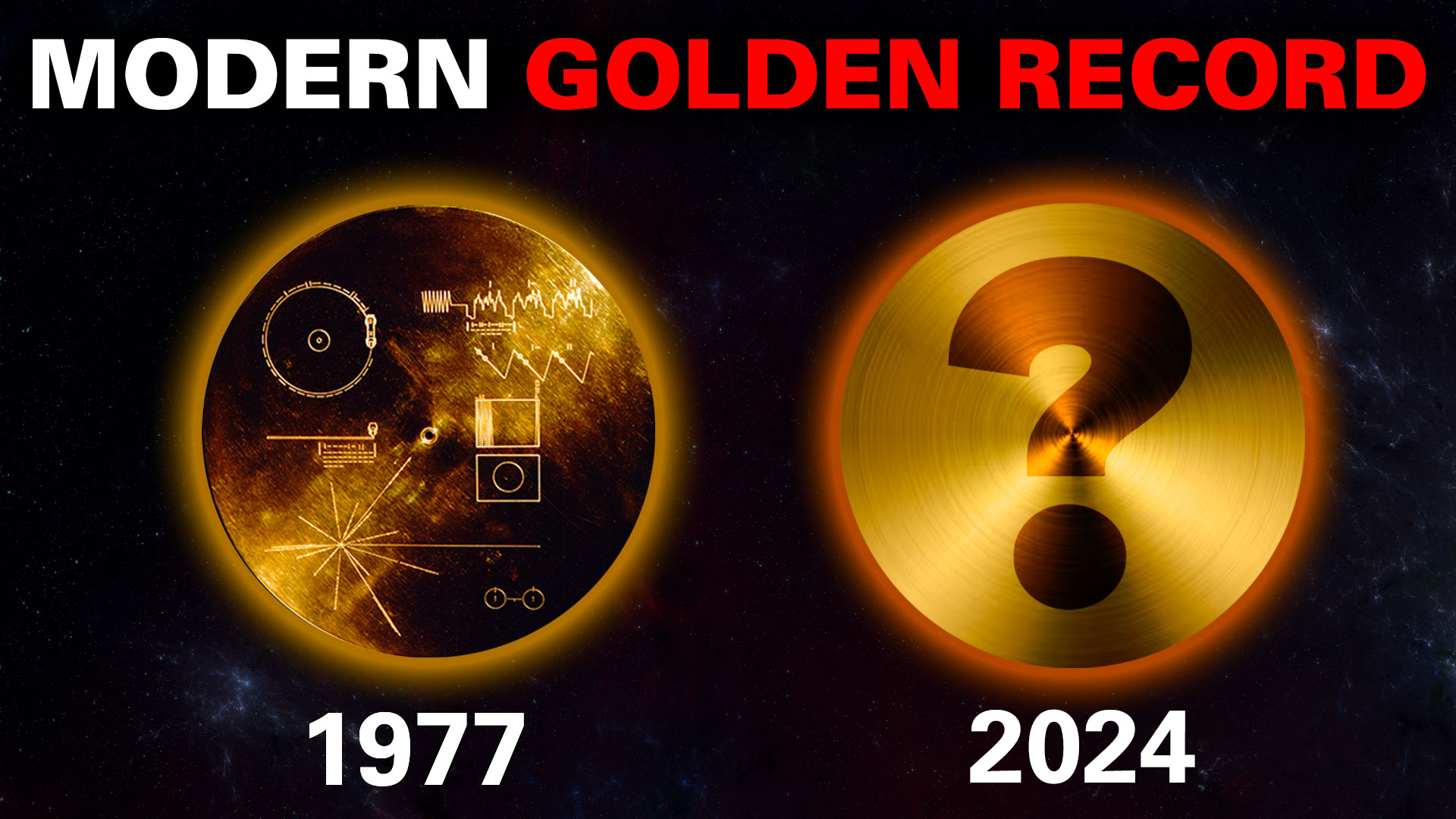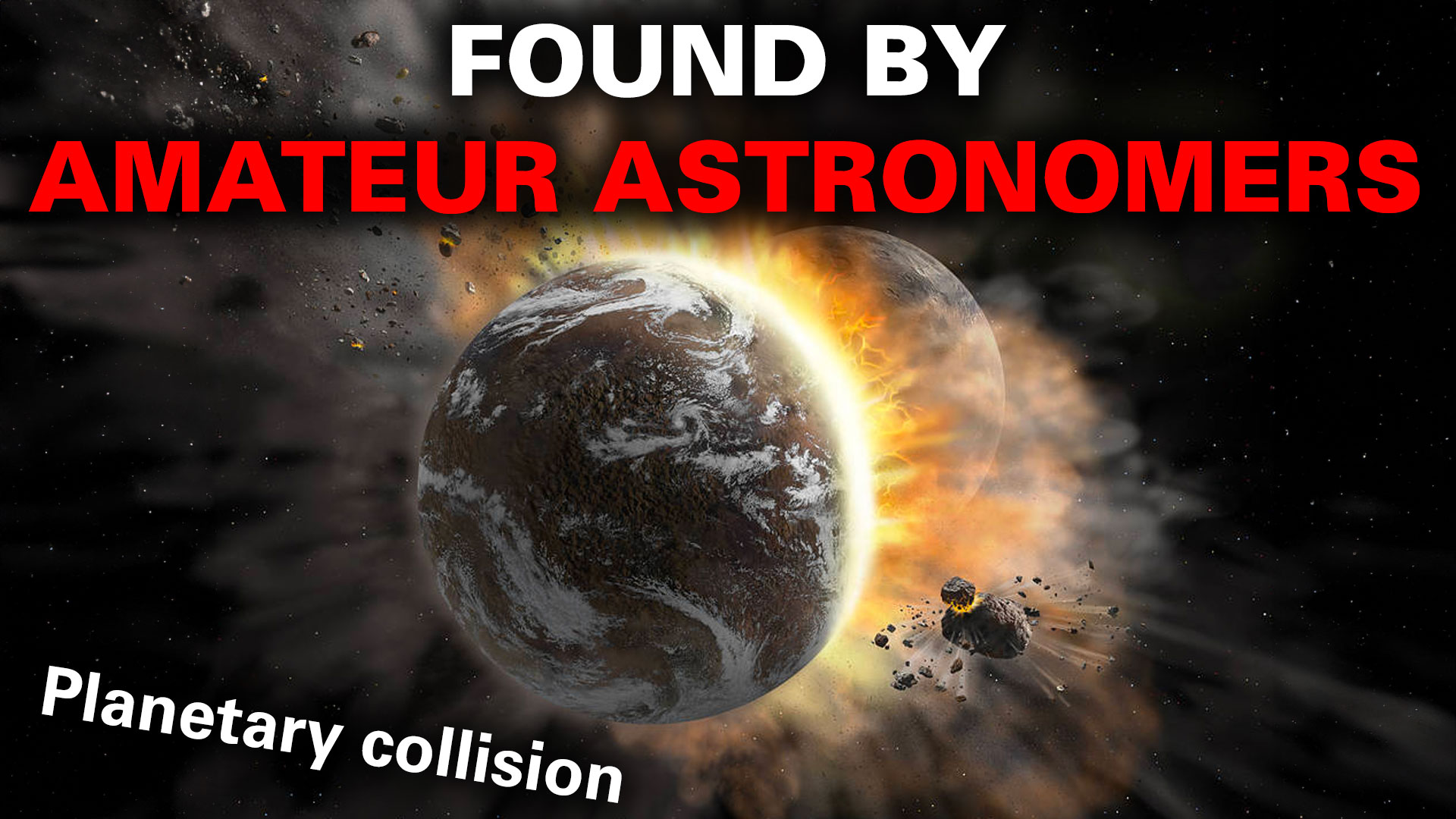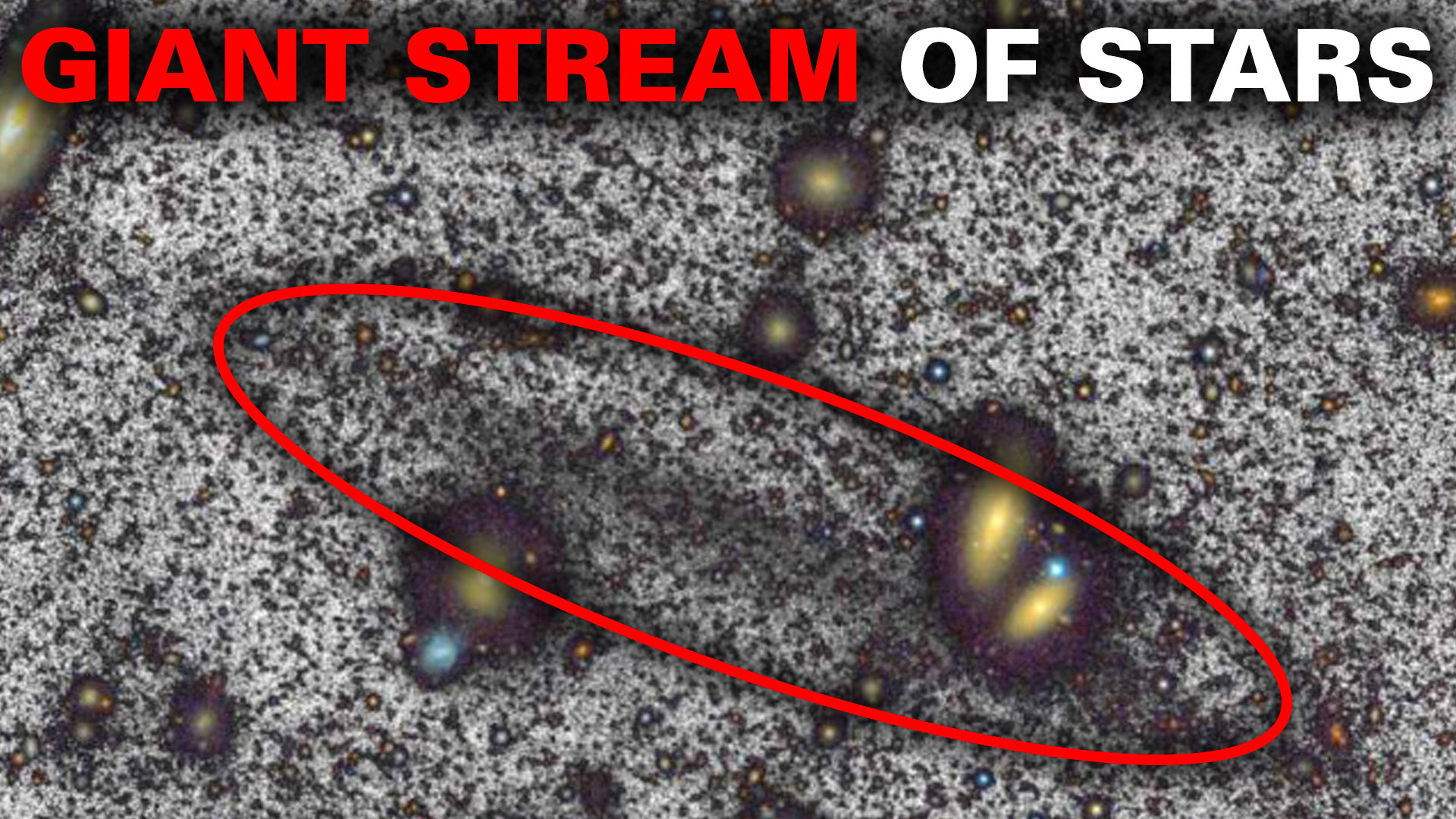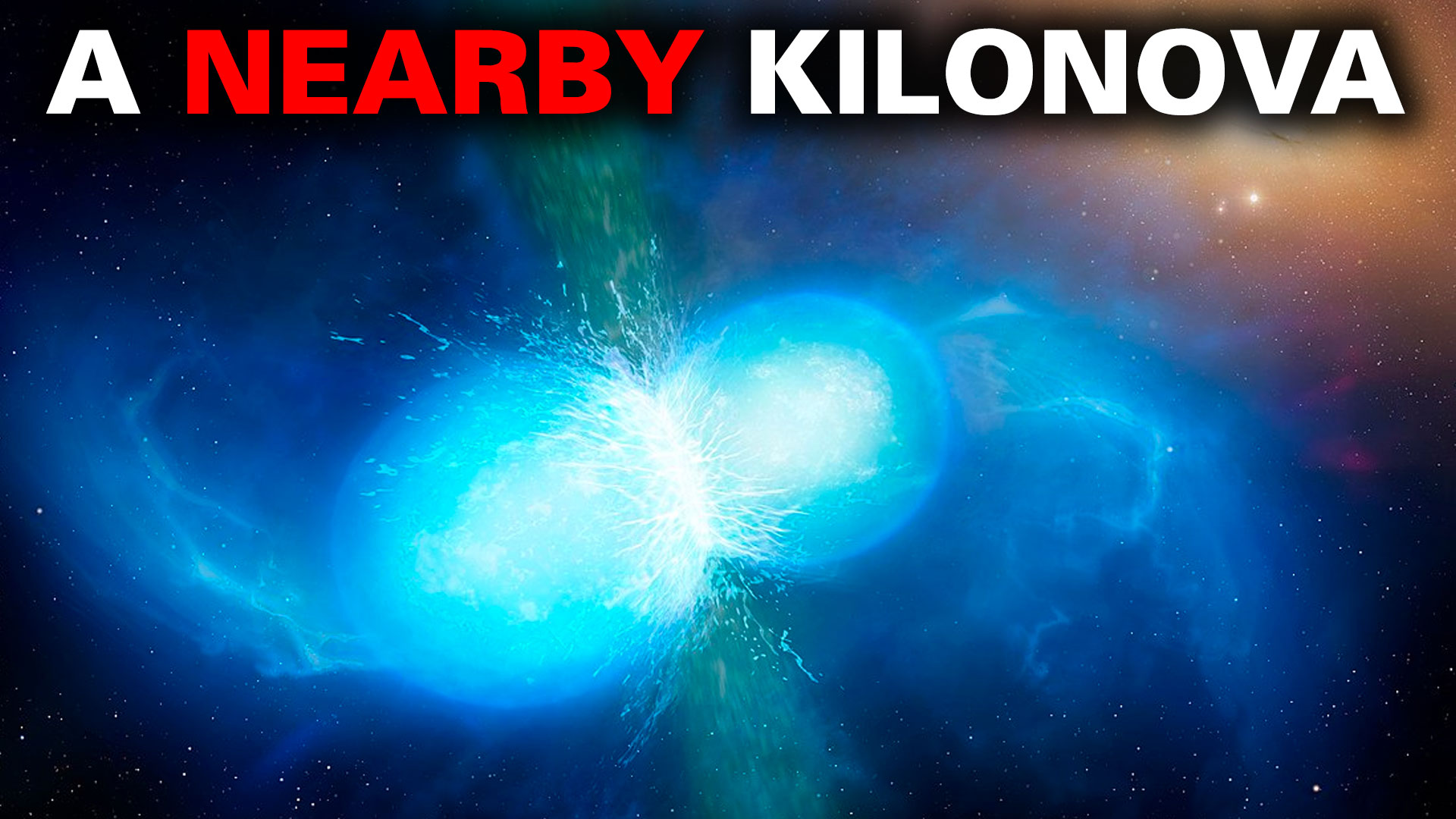Now that several decades have passed since the launch of Voyager 1 and Voyager 2 in 1977, we look back on that time with a hazy sense of history and what the event meant for humanity’s ongoing odyssey. While the Voyager spacecraft were sober scientific missions, they also carried with them a hint of the deeper yearnings that lie inside humanity’s heart: the Golden Records.
Continue reading “What Would a Modern “Golden Record” Include?”Amateur Astronomers Found Planets Crashing Into Each Other
Astronomy is one of the sciences where amateurs make regular contributions. Over the years, members of the public have made exciting discoveries and meaningful contributions to the scientific process, either through direct observing, citizen science projects, or through combing through open data from the various space missions.
Recently, amateur astronomer Arttu Sainio saw a conversation on X (Twitter) where researchers were discussing the strange behavior of a dimming sun-like star. Intrigued, Arttu decided to look at the data on this star, called Asassn-21qj, on his own. Looking at archival data from NASA’s NEOWISE mission, Sainio was surprised to find that the star had dimmed before, with an unexpected brightening in infrared light two years before the optical dimming event. So, he joined the discussion on social media and shared his finding – which led to more amateurs joining the research, which lead to an incredible discovery.
Continue reading “Amateur Astronomers Found Planets Crashing Into Each Other”Why 2023 is a Fine Year for the Geminid Meteors
One of the best meteor showers of the year, the Geminids puts on a fine display in 2023.
December has one more sky watching treat in store for 2023. If skies are clear, watch for what’s rapidly becoming the best annual meteor shower of the year: the Geminid meteors.
Continue reading “Why 2023 is a Fine Year for the Geminid Meteors”15 Years of Data Reveal the Events Leading Up to Betelgeuse’s “Great Dimming”
Anyone who regularly watches the skies may well be familiar with the constellation Orion the hunter. It is one of the few constellations that actually looks like the thing it is supposed to look like rather than some abstract resemblance. One prominent star is Betelgeuse and back in 2020 it dimmed to a level lower than ever before in recorded history. A team of astronomers have been studying the event with some fascinating results.
Continue reading “15 Years of Data Reveal the Events Leading Up to Betelgeuse’s “Great Dimming””A Giant Stream of Stars is Flowing in Deep Space
The space between galaxies has long been considered a dead area. Single rogue stars may pop stars may pop up here or there, but the majority of this cosmic backward was considered empty by astronomers. But now, a paper from astronomers at various European and California institutions has found a trail of stars flowing between galaxies in a cluster.
Continue reading “A Giant Stream of Stars is Flowing in Deep Space”Scientists Found Evidence Of A Nearby Kilonova 3.5 Million Years Ago
Most of the times astronomers reported dramatic, cataclysmic events like neutron star mergers or the creation of a black hole; they are taking place light years away, typically in in another galaxy. While we can observe their destructive power through the light they emit, they have minimal impact on Earth. However, a relatively recent discovery of certain types of isotopes at the bottom of the ocean hints at one of these events happening fairly close to home. And it probably didn’t happen all that long ago.
Continue reading “Scientists Found Evidence Of A Nearby Kilonova 3.5 Million Years Ago”What Could a Next Generation Event Horizon Telescope Do?

Telescopes have come a long way in a little over four hundred years! It was 1608 that Dutch spectacle maker Hans Lippershey who was said to be working with a case of myopia and, in working with lenses discovered the magnifying powers if arranged in certain configurations. Now, centuries on and we have many different telescope designs and even telescopes in orbit but none are more incredible than the Event Horizon Telescope (EHT). Images las year revealed the supermassive black hole at the centre of our Galaxy and around M87 but now a team of astronomers have explored the potential of an even more powerful system the Next Generation EHT (ngEHT).
Continue reading “What Could a Next Generation Event Horizon Telescope Do?”Iran Sent a Capsule Capable of Holding Animals into Orbit.
Despite popular opinion, the first animals in space were not dogs or chimps, they were fruit flies launched by the United States in February 1947. The Soviet Union launched Laika, the first dog into space in November 1957 and now, it seems Iran is getting in on the act. A 500kg capsule known as the “indigenous bio-capsule” with life support capability was recently launched atop the Iranian “Salman” rocket. It has been reported by some agencies that there were animals on board but no official statement has been released.
Continue reading “Iran Sent a Capsule Capable of Holding Animals into Orbit.”If Our Part of the Universe is Less Dense, Would That Explain the Hubble Tension?

In the 1920s, Edwin Hubble and Georges Lemaitre made a startling discovery that forever changed our perception of the Universe. Upon observing galaxies beyond the Milky Way and measuring their spectra, they determined that the Universe was expanding. By the 1990s, with the help of the Hubble Space Telescope, scientists took the deepest images of the Universe to date and made another startling discovery: the rate of expansion is speeding up! This parameter, denoted by Lambda, is integral to the accepted model of cosmology, known as the Lambda Cold Dark Matter (LCDM) model.
Since then, attempts to measure distances have produced a discrepancy known as the “Hubble Tension.” While it was hoped that the James Webb Space Telescope (JWST) would resolve this “crisis in cosmology,” its observations have only deepened the mystery. This has led to several proposed resolutions, including the idea that there was an “Early Dark Energy” shortly after the Big Bang. In a recent paper, an international team of astrophysicists proposed a new solution based on an alternate theory of gravity that states that our galaxy is in the center of an “under-density.”
Continue reading “If Our Part of the Universe is Less Dense, Would That Explain the Hubble Tension?”Did the Last Great Galactic Merger Create the Milky Way's Bar?
The Milky Way is a spiral galaxy. More specifically, it is a barred spiral galaxy, meaning that within its central region, there is a bar shape off of which the spirals emanate. About two-thirds of spiral galaxies are barred spirals, and astronomers have thought this difference is just a variance in how density waves cluster stars in a galaxy. But a new study suggests that the bar of the Milky Way may have been caused by an ancient collision with another galaxy.
Continue reading “Did the Last Great Galactic Merger Create the Milky Way's Bar?”







